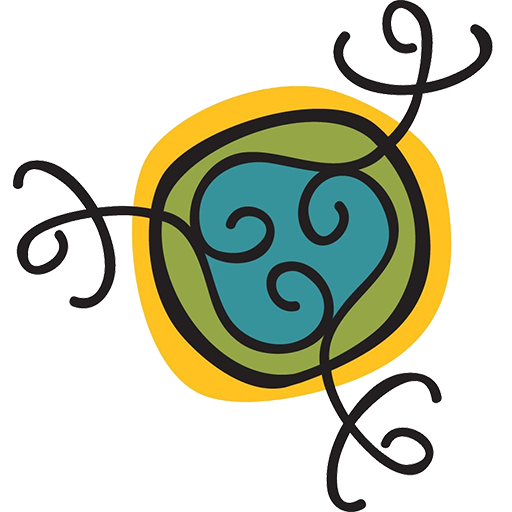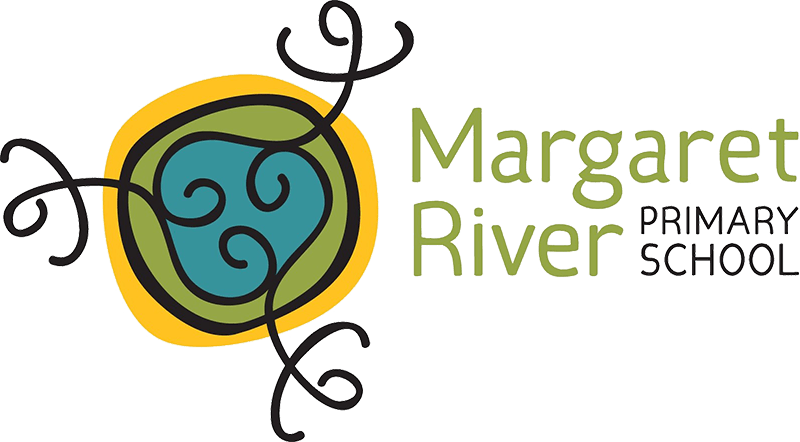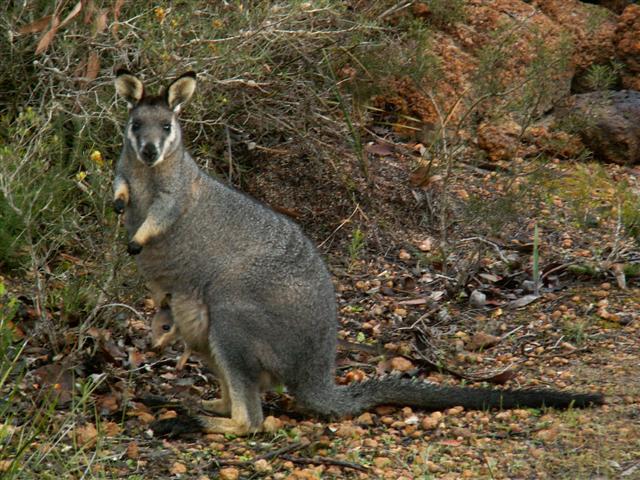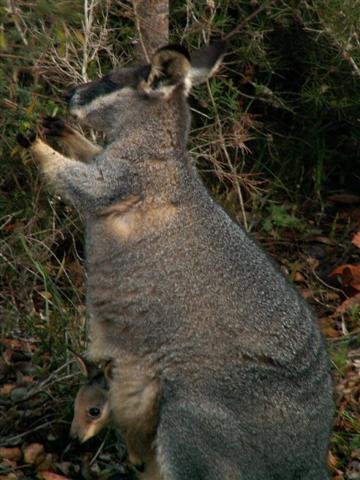The Cape to Cape Catchment Group regularly work with our school on environmental projects from coastal and riverine revegetation to creating an awareness of the vital role our Margaret River plays in our local environment.
They currently have a biodiversity project on the go where they need your help to protect the black gloved wallaby. They want to increase their knowledge of the distribution and habitat of this important mammal. This information will be used in conserving black gloved wallabies into the future. They have a link on their website where you can register your sightings.
The black gloved wallaby is the second largest native mammal in the South West of WA but we know very little about it. We know that it does best in large areas of bush with good understorey, but we do not know how it moves across the landscape, and official records are scarce. The black gloved wallaby (also known as the western brush wallaby, Macropus irma), has been identified as a key conservation target in your area.
What do they look like?
The black gloved wallaby is gunmetal grey in colour with a brownish tinge to the neck and back, which is very slightly banded; the chest is grey and the belly buff. It has a distinct white facial stripe; the ears are blackish outside and whitish within and have a clear black tip. They have distinct black gloves and toes. The tail is long and has a black brush at the end. Males and females are the same size, with head and body length of about 1.2 m.The black-gloved wallaby can be distinguished from western grey kangaroo by the distinctive black ears, white facial stripe and much shorter forelimbs. Their hopping style is also distinct from the upright gait of the western greykangaroo; the head remains low and the tail is extended.
CCG are currently mapping black gloved wallaby sightings in the local area. If you know of areas in which you have seen these wallabies (on your property, at night while driving, as road kill etc.), please register your sighting and provide as much information as possible at this link including your phone number, precise description of the location, date and time of sighting we will then follow up with you for more information Go to the contacts page to send us your sightings or phone the office on 9757 2202.
From Cape to Cape Catchments Website
What a great way as a family to work together to protect our wildlife. VISIT CCG BIODIVERSITY PAGE HERE



